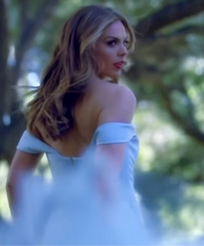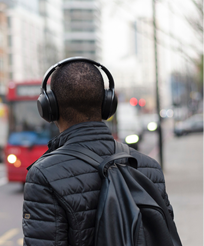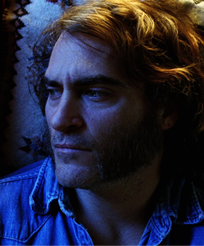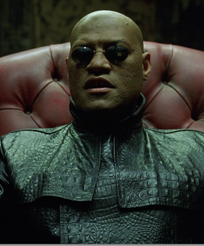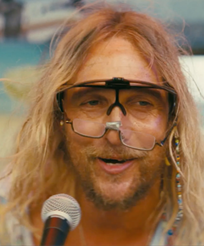It’s easy to underestimate the quiet
power of the magazine cover in the wake of an incomprehensible act of terror. While the deluge of reportage,
commentary and even tweets scramble to articulate our grief, words often fail to encapsulate the full range
of emotional and political ramifications incited by something like Charlottesville. Magazine covers, on the
other hand, have the dual ability to both summate and clarify; in the aftermath of a tragedy, seeing so
forthrightly what you’re feeling or thinking pasted on front of a major periodical enacts a grounding
sensation of solidarity between you and a million other people seeing and feeling/thinking the same thing.
They become instant icons of the just-passed past, a sort of visual token of the memory of an event that can
feel so big as to be rendered inaccessible.
To that end, I found myself incredibly moved today by this week’s Time cover,
substantially less so by the cover of this week’s New Yorker. While the Time cover summarized the
situation in no uncertain terms, by jarringly equating America with Nazism, the New Yorker cover
was almost counterintuitively vague: it takes a moment to realize the sail is a Klan mask, and even when you
do, it takes another cognitive leap to really get at what the artist was going for. I actually kind of
missed the point altogether, until I read the artist’s intentions, and saw that this immovable sailboat
served as a visual metaphor for Trump’s “weak pushback” against the hate groups who terrorized the
streets of Charlottesville on Saturday. It's the typical philosophical approach for New Yorker
cover art, but it felt like the wrong one for this.
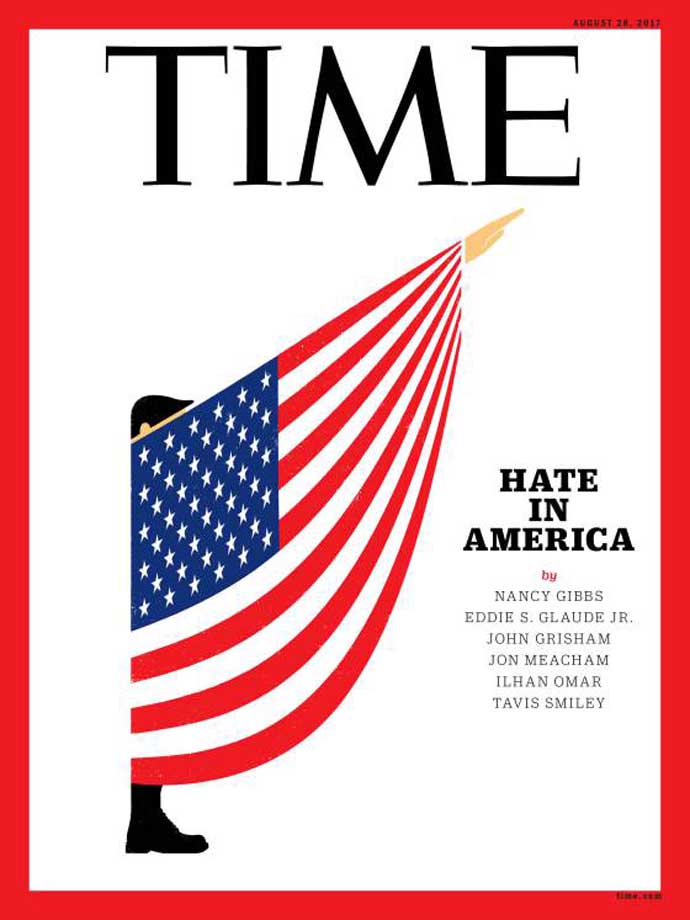
Now, don’t get me wrong: I love The New Yorker. I read it daily. And it’s to the New
Yorker’s writers I look to make sense of news big and small—a movie I was ambivalent about,
reactions to Trump’s latest remarks, whatever. But something about this latest cover irked me. They
responded with clever opacity to an event that required, in their own (and many others’) opinion, the
utmost clarity: a recognition and condemnation of the virulent racism and neo-Nazism on display at
Charlottesville. They abstracted an evil that feeds on abstraction. And while I don’t harbor any of the
vitriol Leah Finnegan, writing for The Outline, does towards New Yorker covers—which seem like a
strange, contrarian-for-contrarian’s sake target—she makes a solid point: “There’s a distinct line
between editorial art that is provocative and editorial art that is incoherent.” The New Yorker,
in this case, seemed to me to fall on the wrong side of that line.
Of course, there’s a time and place for their brand of cover art. Humor is an important tool in the
arsenal of those rebelling against or checking power, and always will be. But when I think forward to what
I’ll think back on after Charlottesville, it won’t be a cartoon Trump on a sailboat. It will more likely
be a horrifying drawing of an American flag, draped on a silhouette of a man giving a Nazi salute.
Entertainment
The Vexing Opacity of The New Yorker's Post-Charlottesville Cover
In Times Like These, Maybe We Need the Clarity of Time Magazine
By Sam Eichner
·
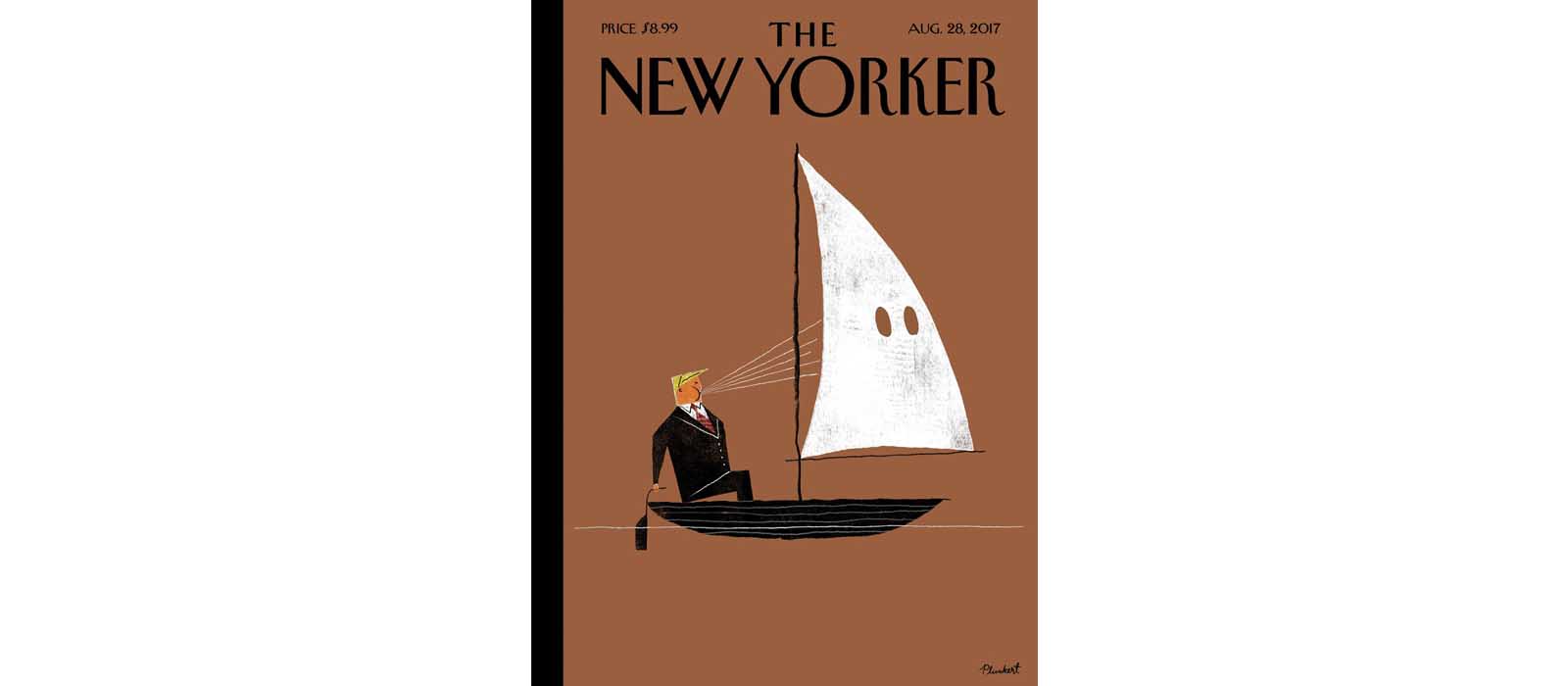
The New Yorker (top); Time (bottom)

Elsewhere on the Daddy

Enlist This Eric Ripert Caviar Flight on New Year's Eve

Christmas Morning Needs This Eggnog French Toast

Sadelle's Is Shipping Its Famous Bagel Towers Nationwide


